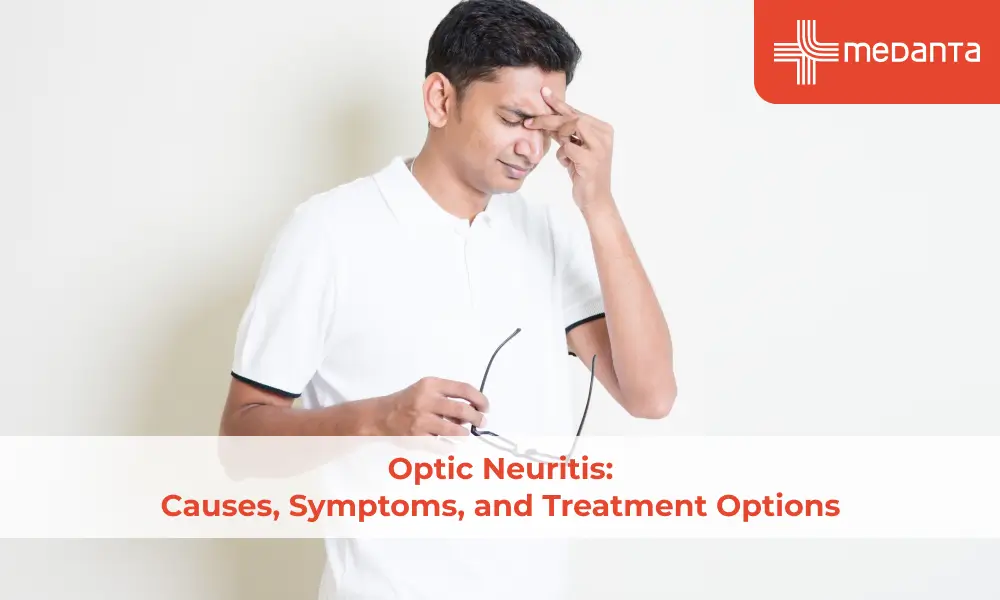Self Proning: How This Simple Technique Can Help Improve Breathing in Covid 19 Patients
The COVID-19 pandemic has affected millions worldwide, with severe cases requiring hospitalization and respiratory support. One emerging exercise that has recently gained attention is self-proning, a simple yet effective way to improve patient breathing. Over its implementation in ICUs and Ventilation, ¾ of the patients fighting with serious respiratory discomfort caused by low oxygen level has remarkably reduced death rates. This article will explore how it can be performed safely at home.
How Does Self-Proning Work?
Self-proning is a simple and effective technique that can help improve breathing. The method involves positioning the body, which can help improve oxygenation in the lungs by redistributing blood flow and reducing the pressure on the lungs. This technique has been used in hospitals for years to help patients with acute respiratory distress syndrome (ARDS), but it has gained renewed attention during the COVID-19 pandemic.
How to Perform Self-Proning?
Step-by-step guide on how to perform self-proning at home:
Performing self-proning at home is a simple and effective technique that can help improve breathing. The self proning method is practised in four significant positions – belly down, left lateral, right lateral and back. Here is a step-by-step guide on how to perform self-proning:
1. Find a comfortable and safe place, enough to lie down, and place a mat on the floor.
2. Take a few pillows and place them in the positions:
Place 1 pillow below the legs (It can be removed in case of causing discomfort).
Place 3 -4 pillows depending on the thickness of the pillow, to support the pelvic or hip bone (Make sure it is not under the stomach).
Place 1 pillow below the head end to support the upper chest.
3. After taking the prone position, place your arms resting to support your chin or at your sides.
4. Relax and breathe slowly and deeply for at least 30 minutes, up to 2 hours at a time. You can change the position of your hands and head to comfort and reduce stress at every interval.
5. If you feel uncomfortable or experience tiredness, pain, oxygen saturation or pressure sores, raise your chest and practice the deep breathing exercise and get back to the prone position.
You may observe approximately 3-5% oxygen saturation level within 30 minutes. However, the minimum duration of this process can be 2 hours, and the maximum can be 4- 5 hours with different positions. After 2 hours of practising the prone position in the stomach direction, you can change it to a side lateral position.
- Remove all the pillow except the pillow to support the head, lie in the side lateral position and relax just the way you sleep.
- Again, after practising this for 2 hours, you can change the position from left lateral to right and vice-versa.
- At last, you can turn over the back, lie for 2 hours, and practice breathing exercises.
- Once done with the lying position, wake up and sit in a leg-crossed straight spine position. Do not bend towards the front as it reduces the lung capacity; keep your back straight.
- Stretch your body and arms to straighten your back and chest as much as possible. You can support your arms and head over a small table and pillow. Make sure the height of the table is enough that it does not bend your back.
This position is most suitable for cardiac patients.
Every position will show you variable results; observe yourself to understand which position brings you more oxygen saturation and practice that for a longer duration in the self proning process.
One must understand that self proning is not a magic bullet to reduce breathing difficulty. And it is neither a sure alternative to Oxygen Cylinder, Ventilator or ICU. This scientifically proven method can be easily performed at your home without any expenses. Self-proning provides temporary relief from low oxygen and emergencies to control respiratory discomfort.
In addition, there are some precautions and safety measures to keep in mind while performing self-proning; some of them are:
- Patients with certain medical conditions, such as spinal injuries, hip bone operations, pregnant women, fractured legs, people who are obese, and heart patients should not attempt self-proning without consulting with their healthcare provider first.
- Using pillows is compulsory because, while lying before the stomach, it should not experience any pressure to avoid disturbance in the movement of the diaphragm while breathing and the result of self proning may be reversed.
- After taking the prone position, it is essential to maintain enough distance between the stomach and the mat or bed.
- Do not remove the Oxygen mask or nasal cannula, as it will not disturb the process.
- Do not practice this after the meal.
- If you experience severe pain or prolonged coughing, use a nebulizer, stop the exercise immediately and wait until it soothes.
Conclusion
Self-proning is a non-invasive and low-cost technique that patients can use in their own homes. By promoting better oxygenation, self-proning can reduce the need for supplemental oxygen or mechanical ventilation and may even help prevent hospitalization. While self-proning is not a substitute for medical treatment, it can be a valuable option for patients to use in conjunction with other therapies recommended by their doctor.
In case of experiencing any breathing difficulty, you can consult the Pulmonology department to get the best possible cure.






